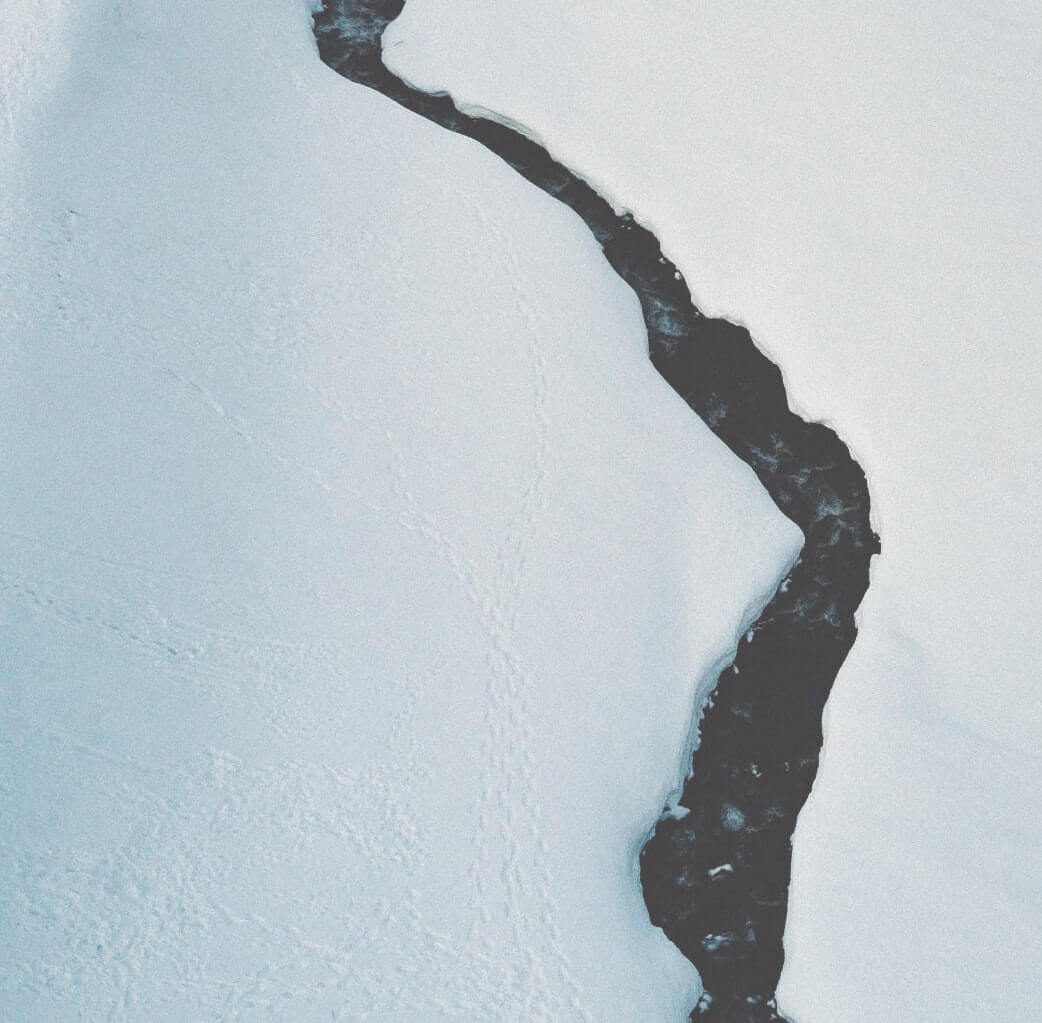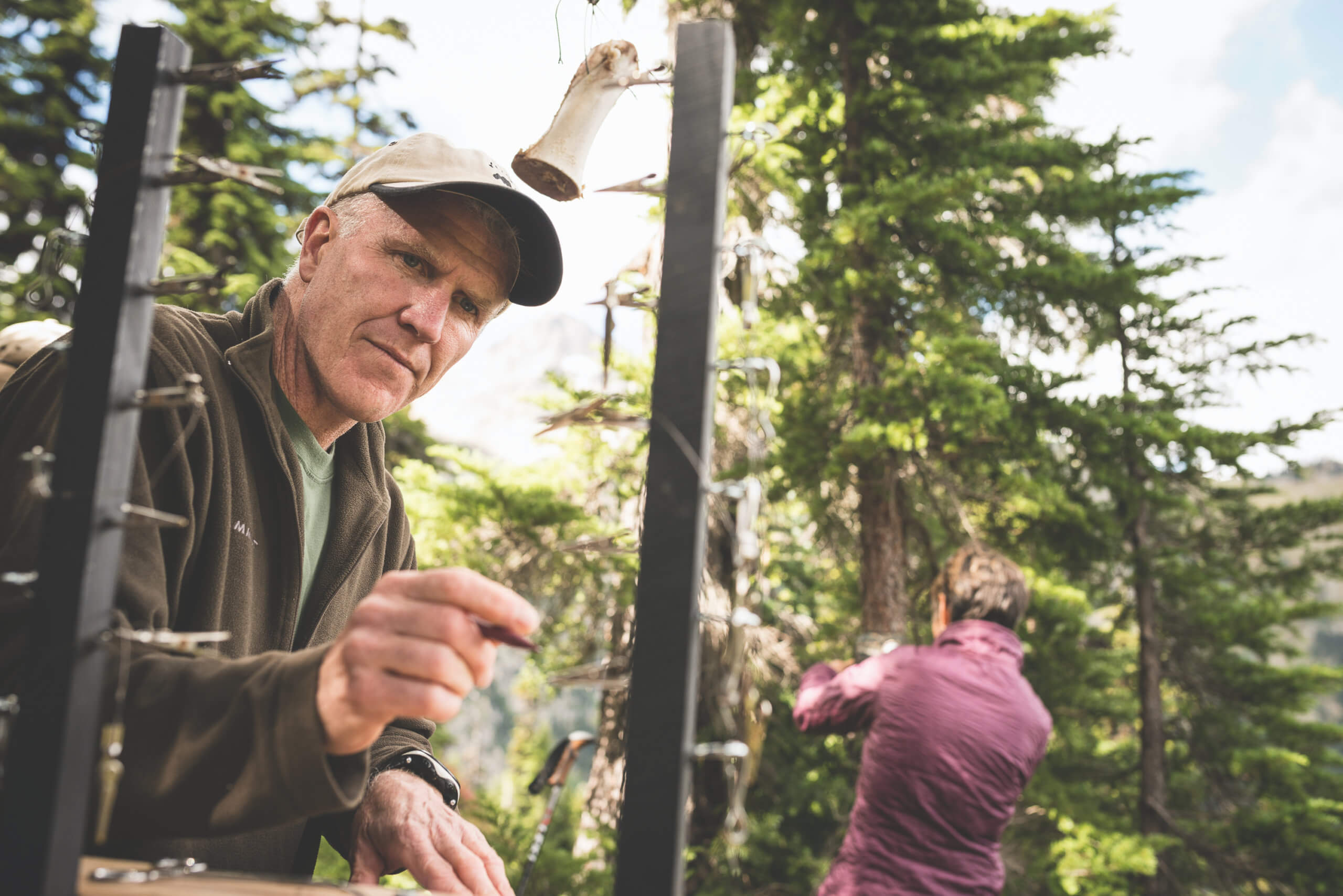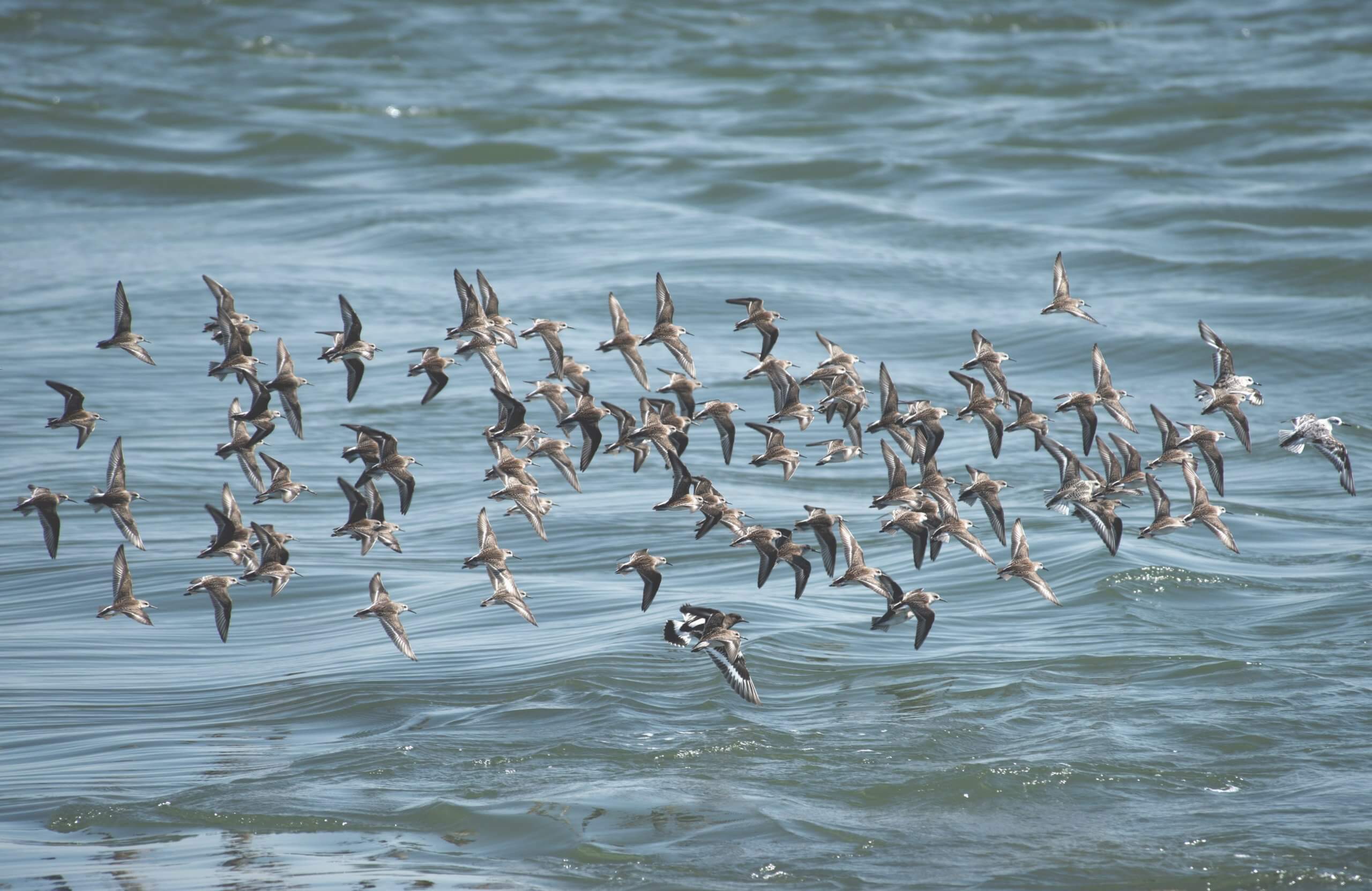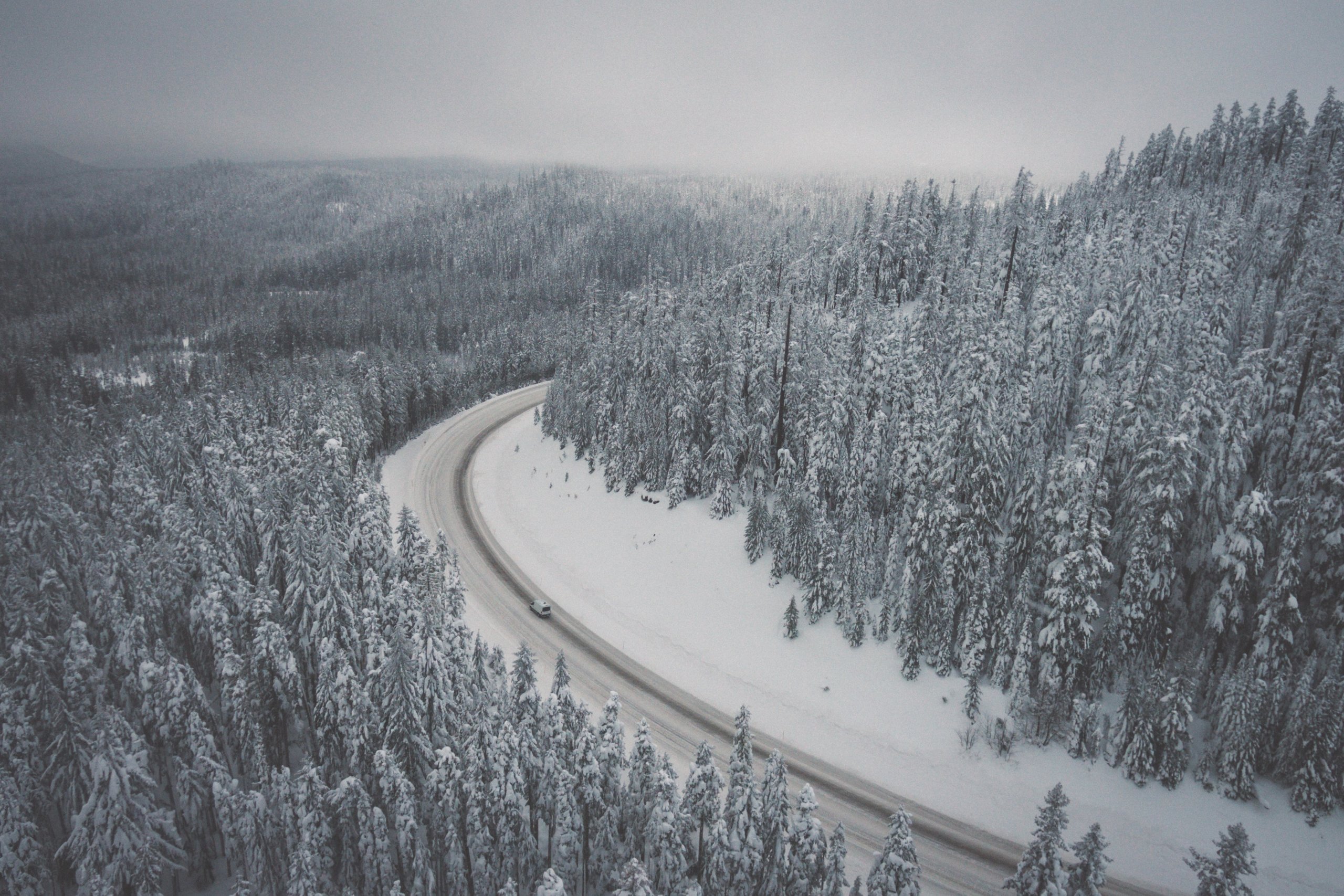“Don’t be stupid, get out.”
Governor Chris Christie minced no words when he issued the mandatory evacuation warning to the residents of New Jersey’s barrier islands as Hurricane Sandy made her approach. To anyone thinking about staying behind, he cautioned, “If I turn out to be right, and you turn out to be dead, that’s not a great equation.”
This is a clear example of a public official communicating risk and asking the public to act based on that statement. To arrive at the decision to evacuate, Governor Christie weighed scientific projections of the storms impact, along with information on the integrity of infrastructure, traffic flow, social behavior, and other factors. But Christie’s blunt statement left little room to question that he held ultimate responsibility for making the public call-to-action.
Take in contrast the case that is still playing out in L’Aquila, Italy. Last week, in an unprecedented and highly-protested decision, six Italian scientists and a government official were sentenced to six years in jail and ordered to pay a fine equivalent to $10 million in damages. They were convicted on multiple charges of manslaughter for their role in failing to adequately communicate the risk of a deadly earthquake that claimed the lives of more than 300 people in April 2009.
An animated debate has unfolded in the media around whether the Italian case is really one about science or science communication. Some say that the case puts earthquake science itself on trial, condemning seismologists for failing to predict earthquakes effectively. Several scientists have resigned in protest. Others say that this case was not judgment against science, but against a failure of science communication, that scientists did not live up to their responsibility to communicate effectively to the media and to the public.
But this case is also one of communicating risk—which is not the same thing as communicating scientific uncertainty. Before the Italian trial began, one of the leaders of the case against the scientists, who lost his family in the earthquake, was quoted saying, “Nobody here wants to put science in the dock… All we wanted was clearer information on risks in order to make our choices.” One question that few seem to be asking is whether scientists should even assume the role of communicating risk to the public.
Scientists who serve in a public advisory role do bear responsibility, for communicating their findings, along with their attendant uncertainties, in a way that can be understood by the public and used by public officials. They may even bear responsibility for speaking up when public officials seem to be misrepresenting their findings. There’s no question that this kind of science communication broke down in the L’Aquila case.
Messages can run amok when scientists venture into the realm of risk communication. We saw this play out after the Deep Water Horizon incident in the Gulf of Mexico. Hungry for information, the public and media drew scientists out of their academic comfort zone to speak to the media without adequate preparation. Scientists faced criticism for stepping outside their expertise and not fully understanding the ramifications of their statements to the media.
In times of crisis—hurricane, earthquake, tsunamis—scientists have a crucial role to play as trusted and sought-after sources of information. They should communicate their science, within their expertise, and speak precisely about where uncertainty exists. By being ready to answer the 911-call when it comes, scientists can arm public officials with the information they need to effectively communicate risk to an expectant and information-hungry public. But scientists shouldn’t be expected—or try—to play the role of public official.
For further information:
Scientists on trial: Lessons for disaster preparedness



